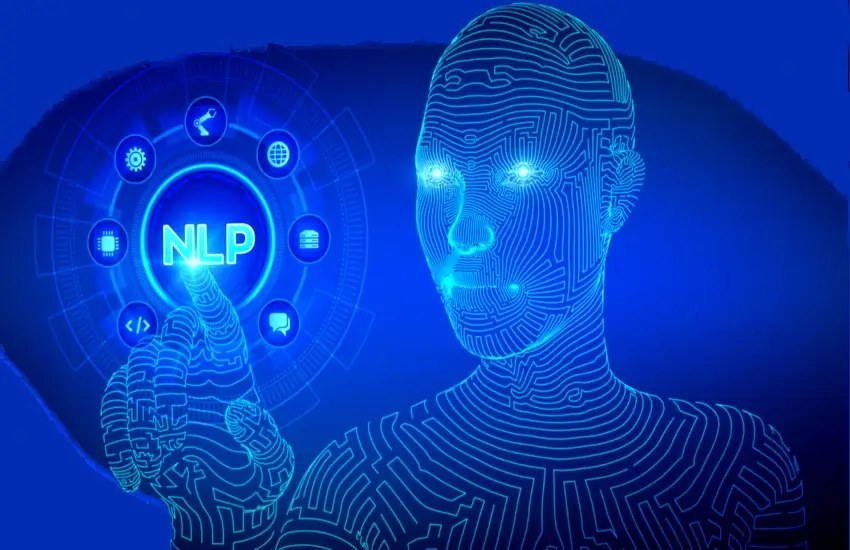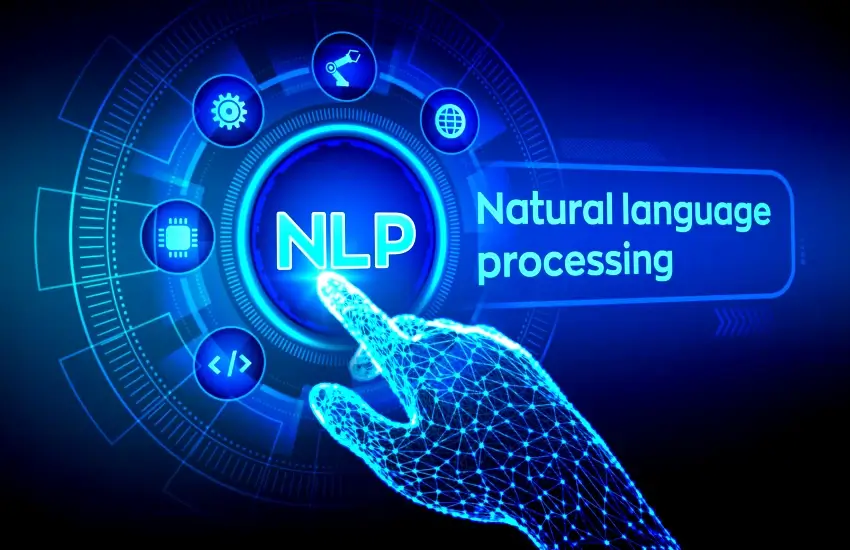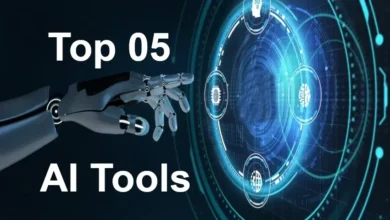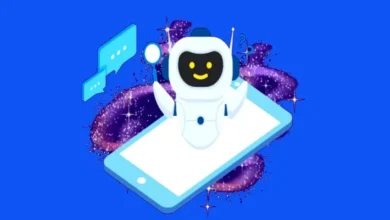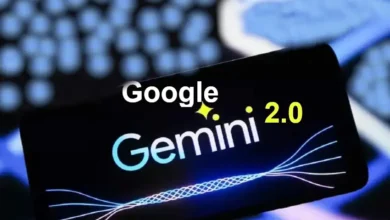Natural Language Processing – AI Understanding Language
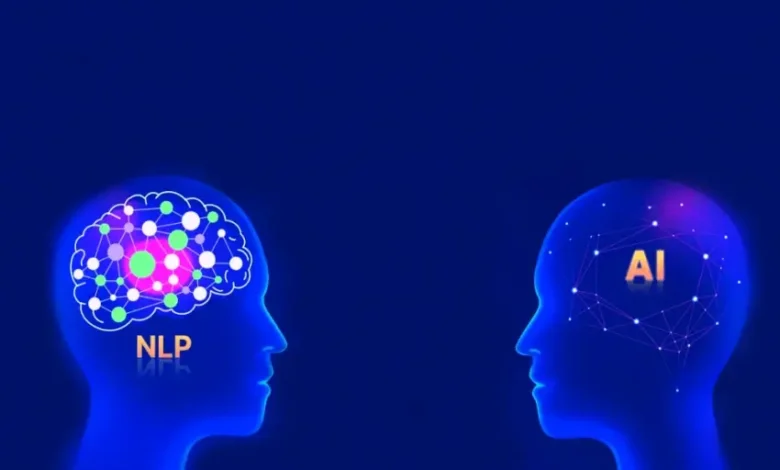
Natural Language Processing AI Understanding Language. Have you ever asked Siri a question or translated a foreign phrase using Google Translate? If so, you’ve encountered the wonders of Natural Language Processing (NLP). NLP is a branch of artificial intelligence (AI) that enables machines to understand, interpret, and respond to human language. In our increasingly digital world, NLP is revolutionizing the way humans interact with technology, making communication smoother and more intuitive.
The Core Concepts of NLP
Understanding Human Language
Human language is incredibly complex. It’s filled with nuances, idioms, and contextual meanings that make it challenging for computers to understand. NLP bridges this gap by teaching machines to interpret words, phrases, and sentences the way humans do.
How AI Systems Process Text?
NLP systems break down human language into smaller, understandable units. They analyze grammar, word meaning, and context to generate accurate responses. Think of it as teaching a machine to “read between the lines.”
Syntax vs. Semantics in NLP
Syntax focuses on the structure of sentences, while semantics dives into meaning. For instance, the phrase “time flies like an arrow” has different possible meanings, and NLP systems must determine the intended one.
Key Applications of NLP
Chatbots and Virtual Assistants
Chatbots like Alexa and virtual assistants such as Siri rely heavily on NLP. They can understand questions, provide answers, and even hold basic conversations all thanks to this technology.
Sentiment Analysis in Social Media
Businesses use NLP to analyze social media posts and gauge public opinion. By understanding the sentiment behind tweets or Facebook posts, companies can adapt their strategies to better connect with customers.
Machine Translation Tools
Ever used Google Translate? NLP powers these tools, allowing users to convert text from one language to another seamlessly.
Search for AI: Chatbot AI Powered and Google AI Gemini.
Example: Google Translate
Google Translate uses advanced NLP models to handle linguistic differences and provide accurate translations, even for complex phrases.
The Technology Behind NLP
Machine Learning and NLP
Machine learning (ML) allows NLP systems to learn from vast amounts of data. The more language data they process, the better they become at understanding and generating text.
Deep Learning’s Role in NLP
Deep learning, a subset of ML, utilizes neural networks to mimic the human brain. This approach is particularly effective in recognizing speech and understanding context.
Neural Networks for Language Understanding
Neural networks help NLP systems decode tricky linguistic patterns, like sarcasm or implied meanings, by processing vast amounts of data.
Challenges in Natural Language Processing
Ambiguity in Human Language
Words can have multiple meanings, making it tough for machines to determine the right interpretation. For example, “bank” could mean a financial institution or the side of a river.
Cultural and Linguistic Diversity
Languages evolve, and cultural nuances vary widely. NLP systems must adapt to these differences to truly understand diverse user inputs.
The Need for Context in AI Understanding
Without context, machines might misinterpret sentences. For instance, “Can you pass the salt?” isn’t about physical ability but a polite request.
The Future of NLP
Trends in NLP Development
NLP continues to evolve, with a focus on improving accuracy and understanding. Technologies like GPT are paving the way for more advanced language models.
The Role of Multilingual NLP Models
The world speaks thousands of languages, and multilingual NLP models aim to bridge communication gaps by supporting diverse languages.
The Potential for Truly Conversational AI
Imagine an AI that understands not just words but emotions and tone. That’s the goal of next-gen NLP systems, promising more human-like interactions.
Conclusion
Natural Language Processing is a game-changer in the field of AI. From powering chatbots to analyzing sentiment, its applications are vast and transformative. While challenges remain, the future of NLP is bright, promising smarter, more intuitive interactions between humans and machines.
FAQs
What is NLP in simple terms?
NLP is the technology that helps computers understand and respond to human language.
How does NLP help in everyday life?
It powers tools like chatbots, translation apps, and voice assistants, making tech more accessible.
Are chatbots a part of NLP technology?
Yes, chatbots use NLP to understand queries and provide relevant responses.
What are the biggest challenges in NLP today?
Language ambiguity, cultural differences, and the need for better context understanding.
Will NLP ever fully understand human emotions?
While progress is being made, achieving perfect emotional understanding remains a complex challenge.

